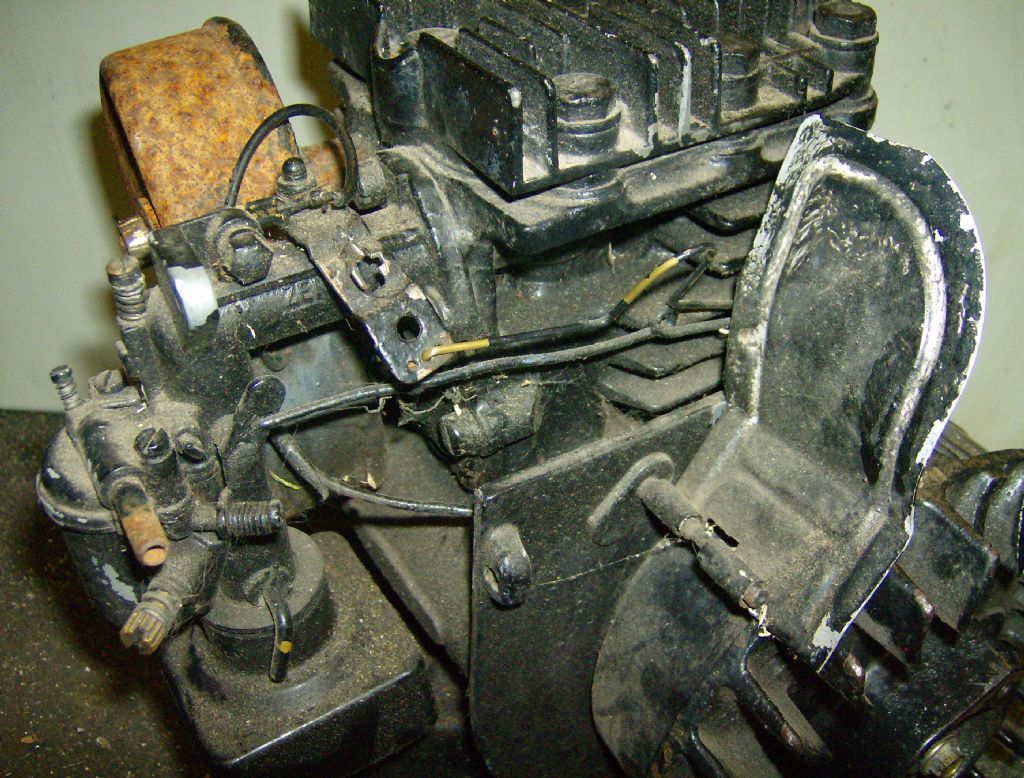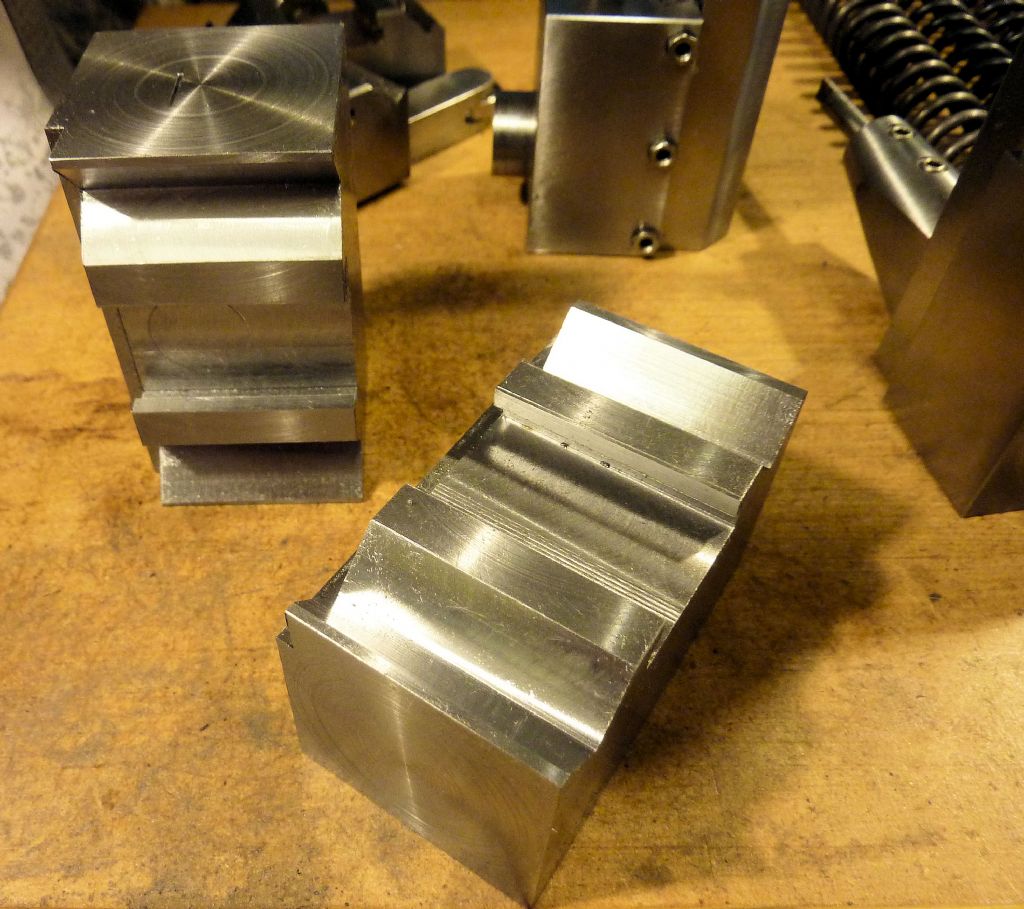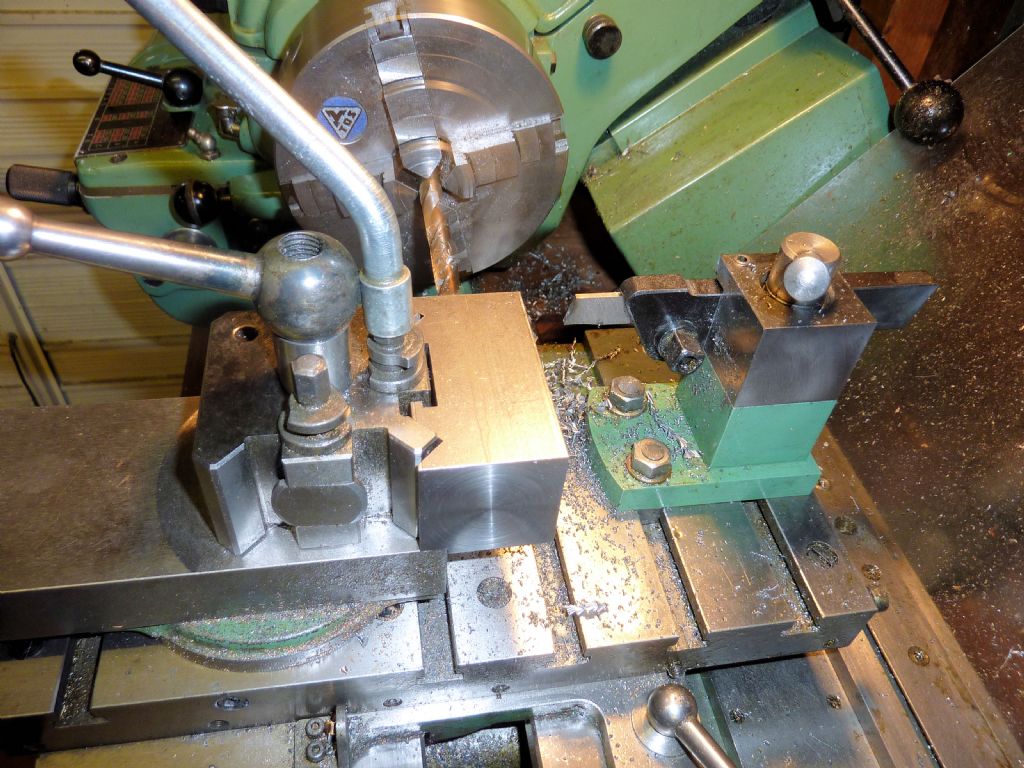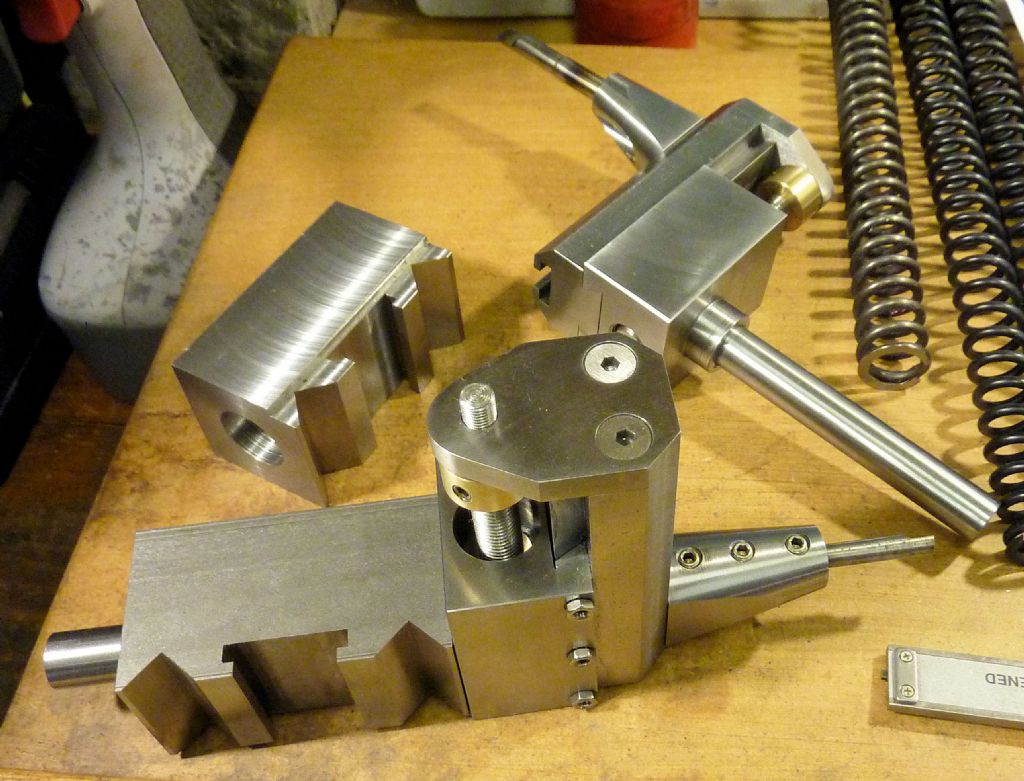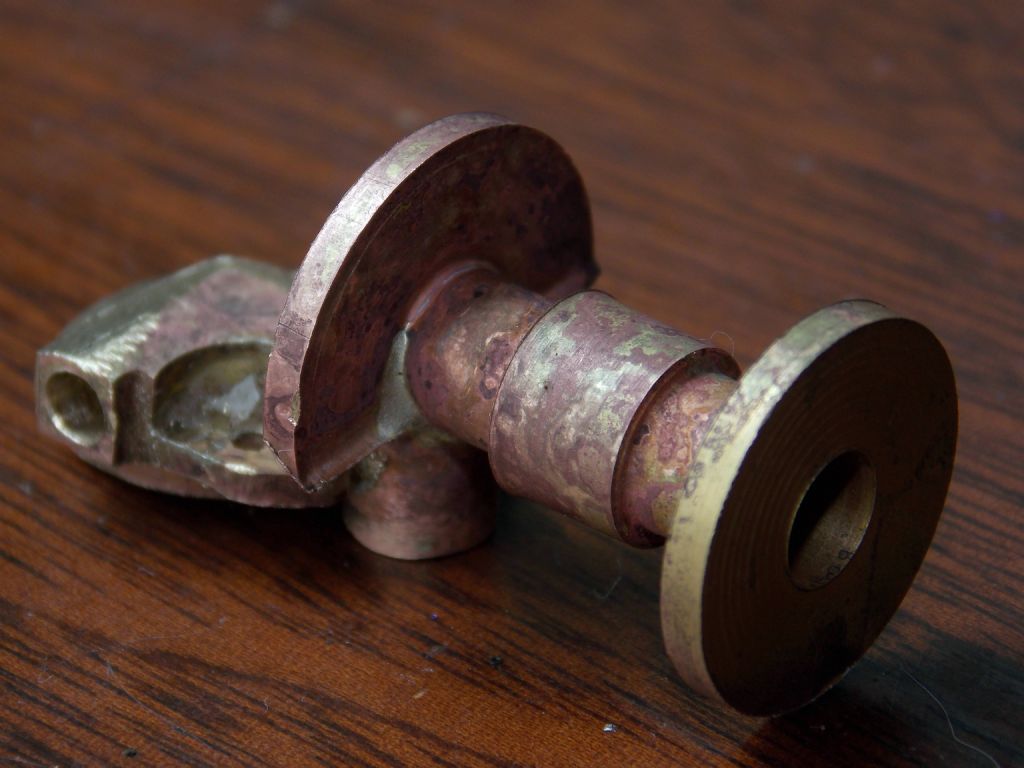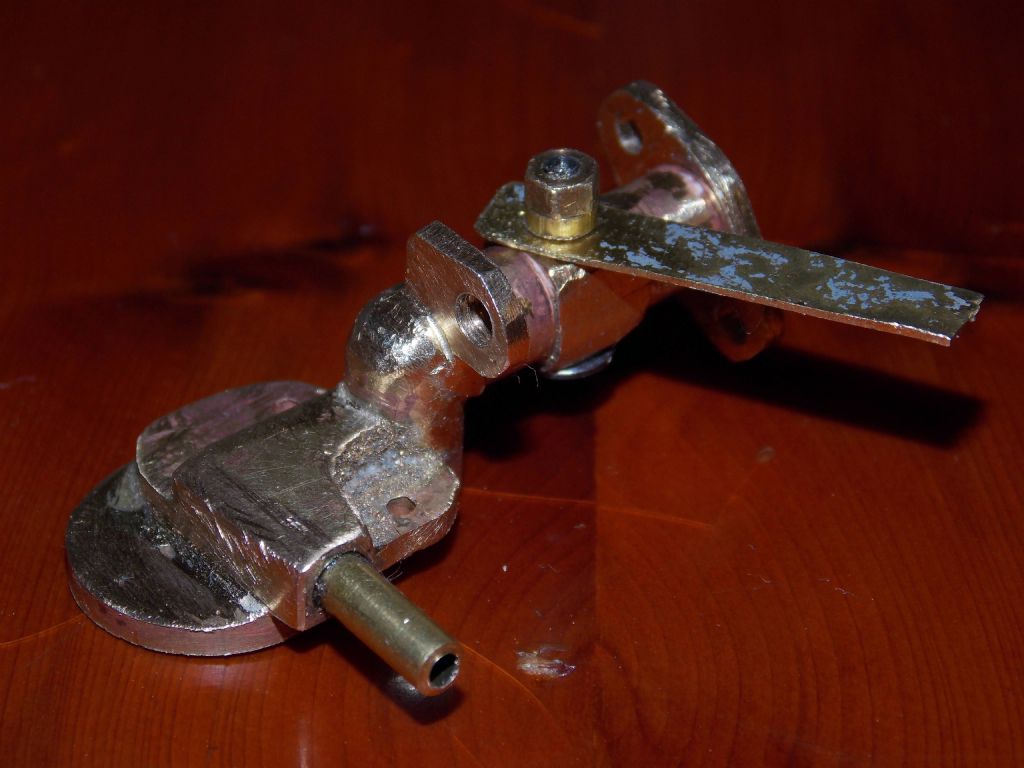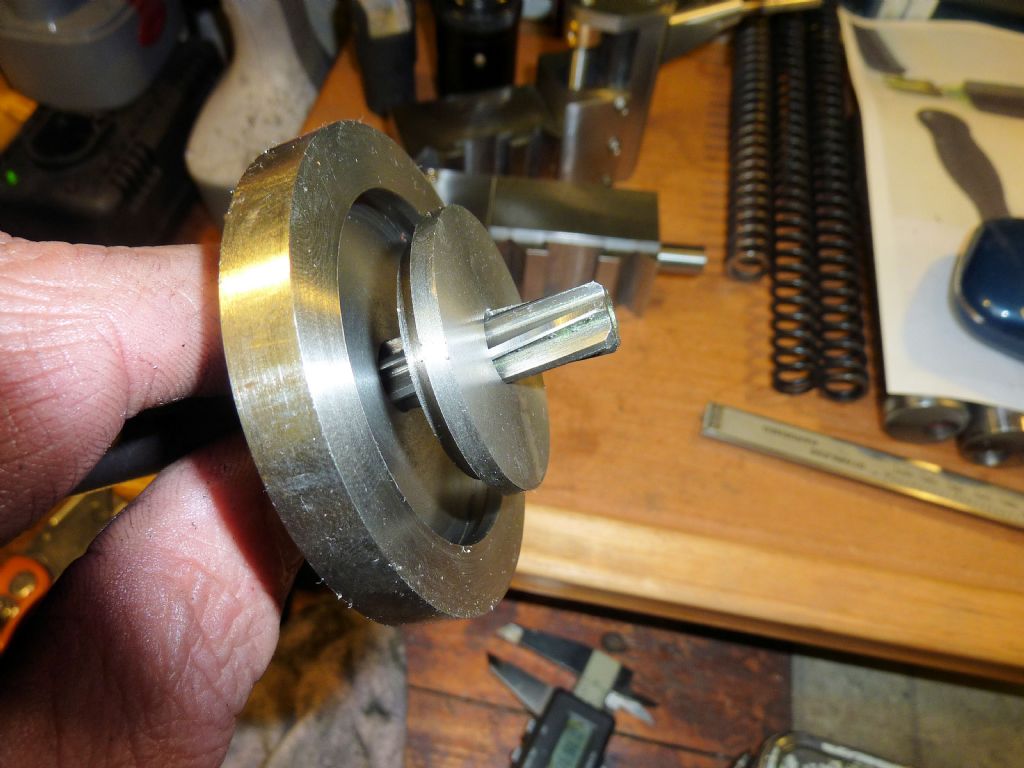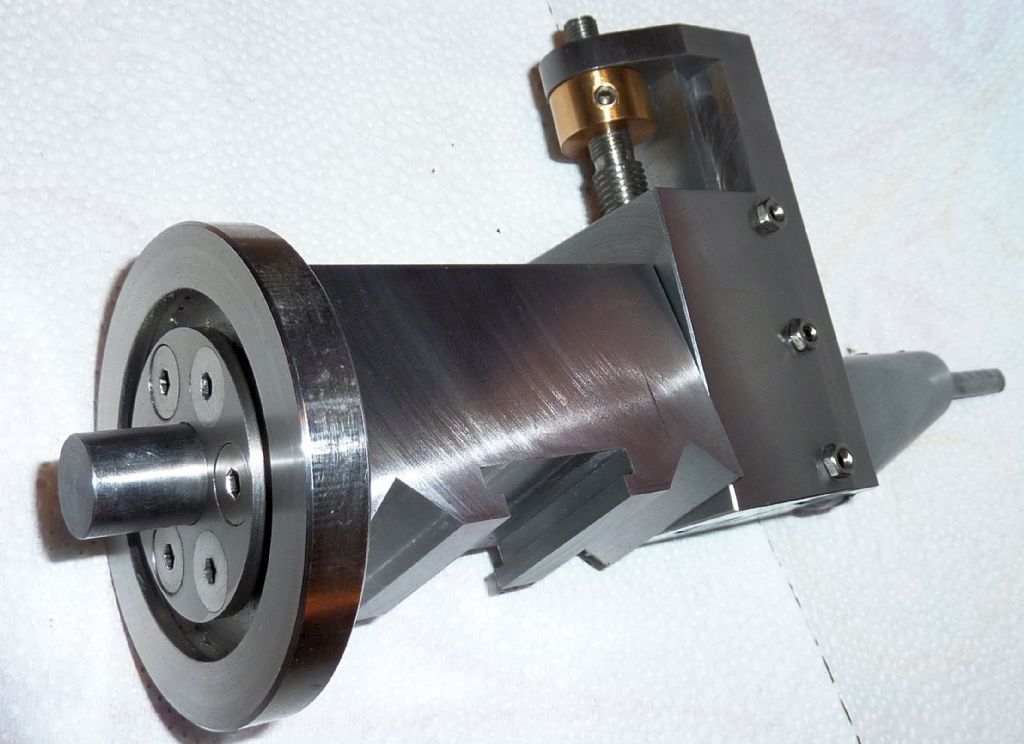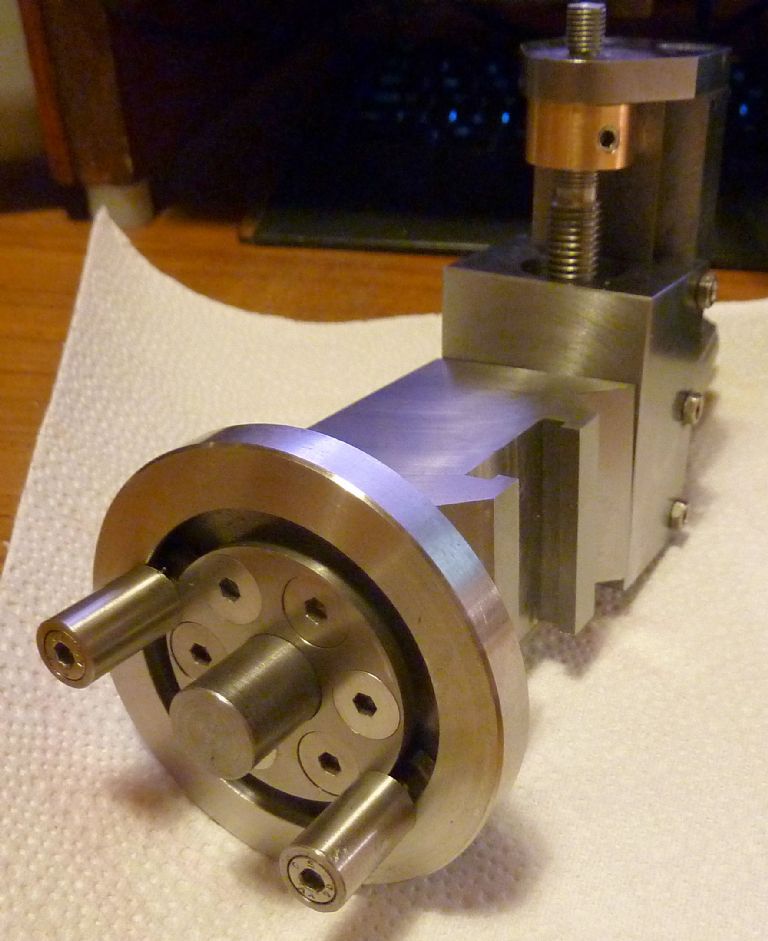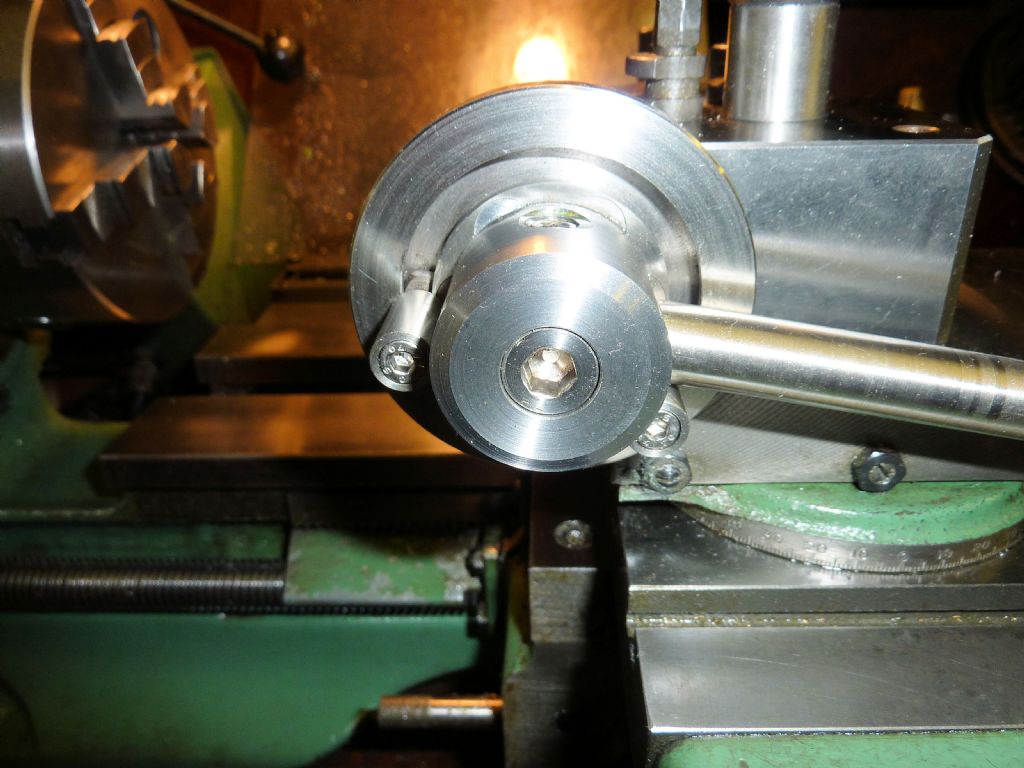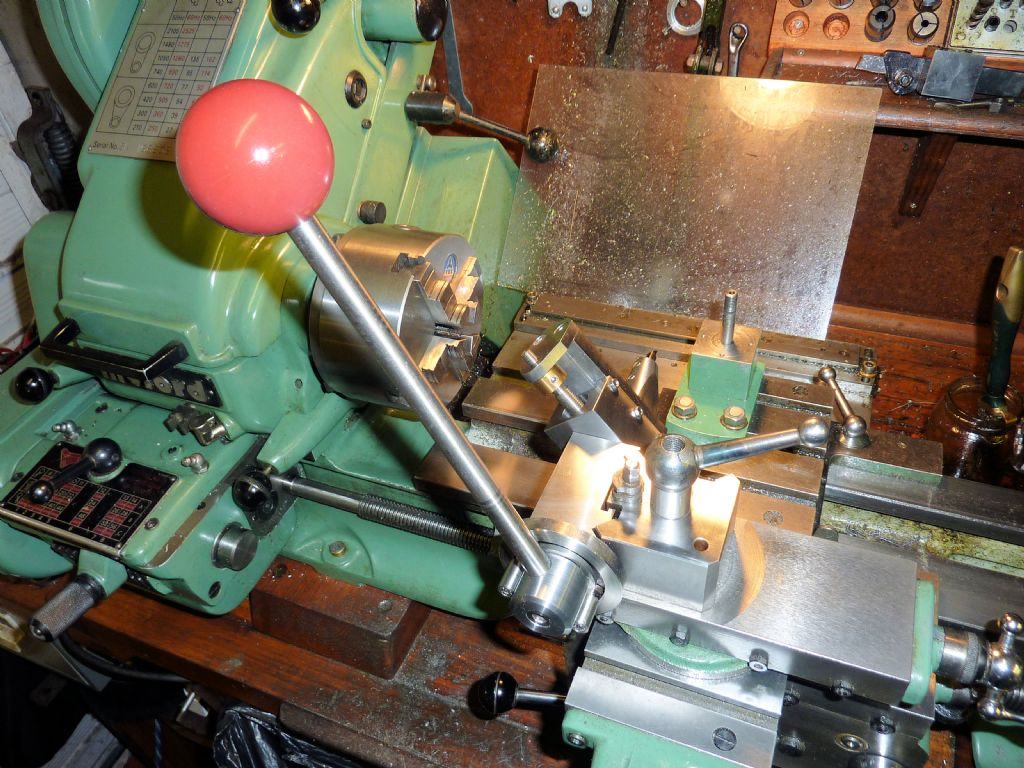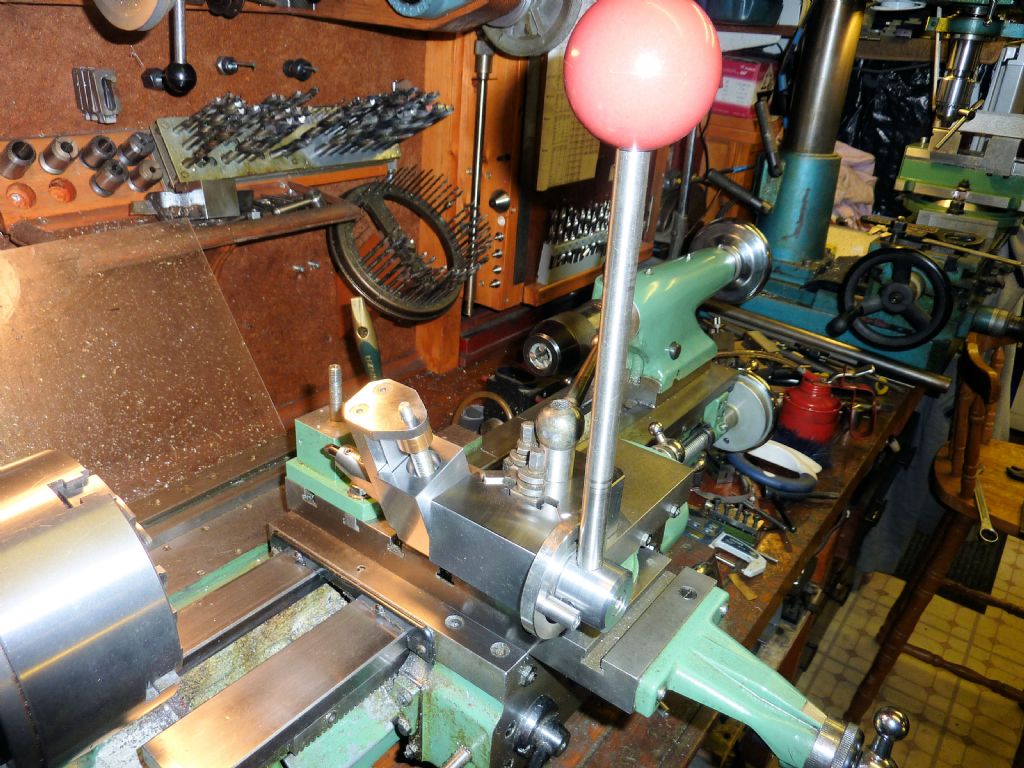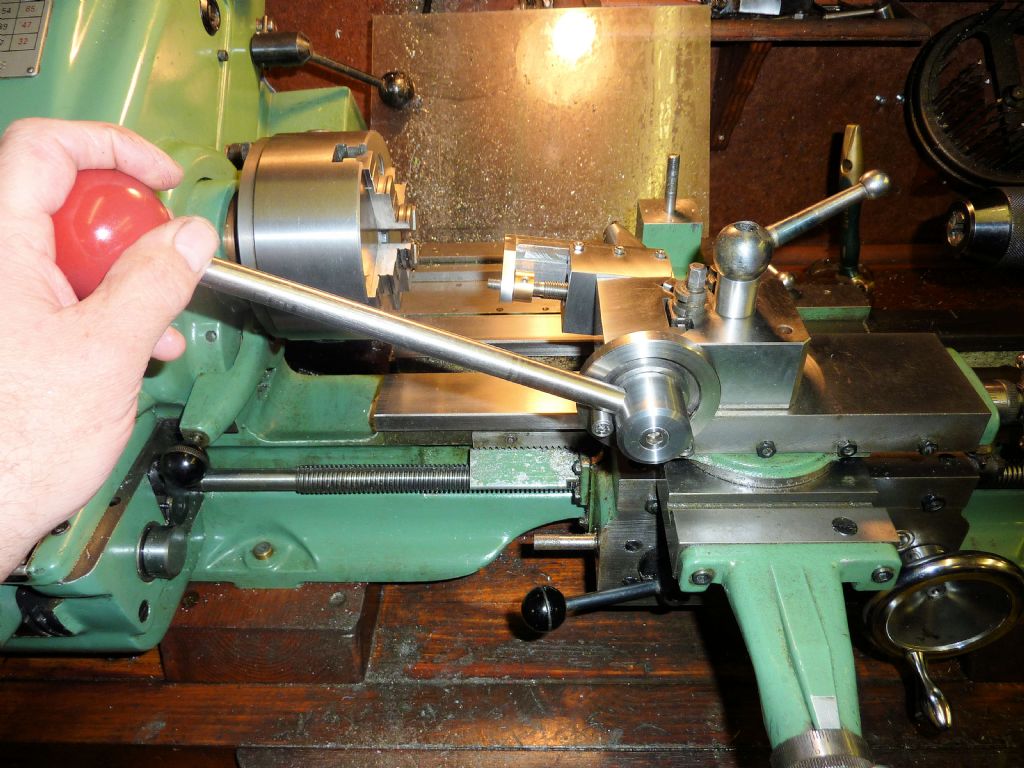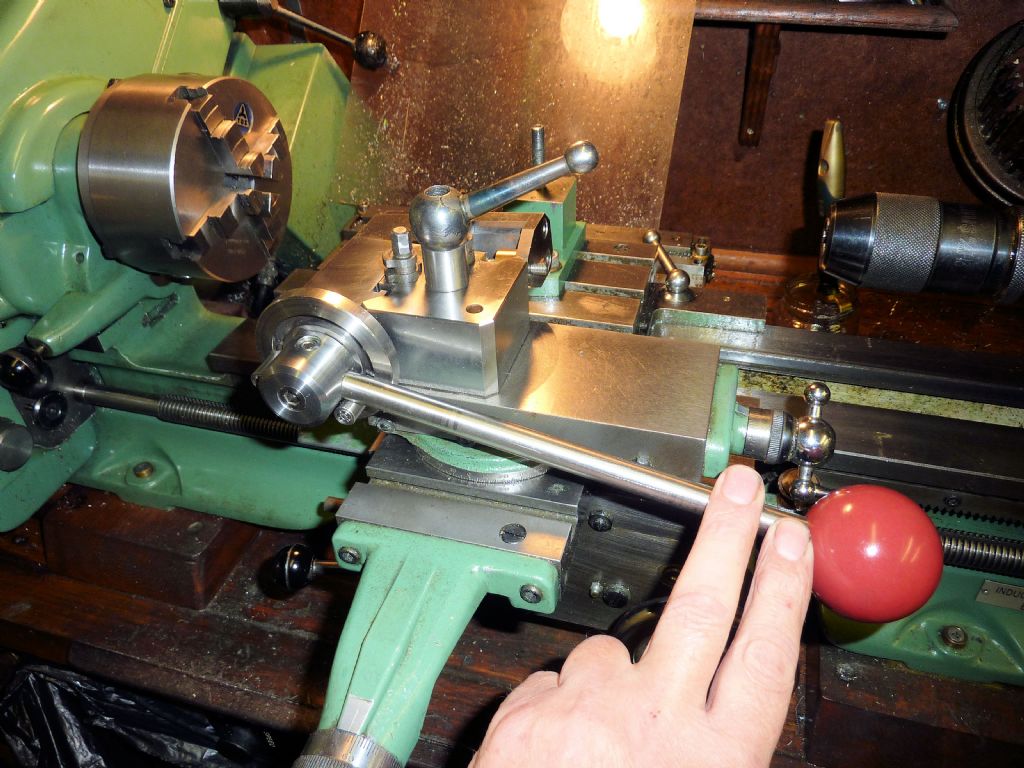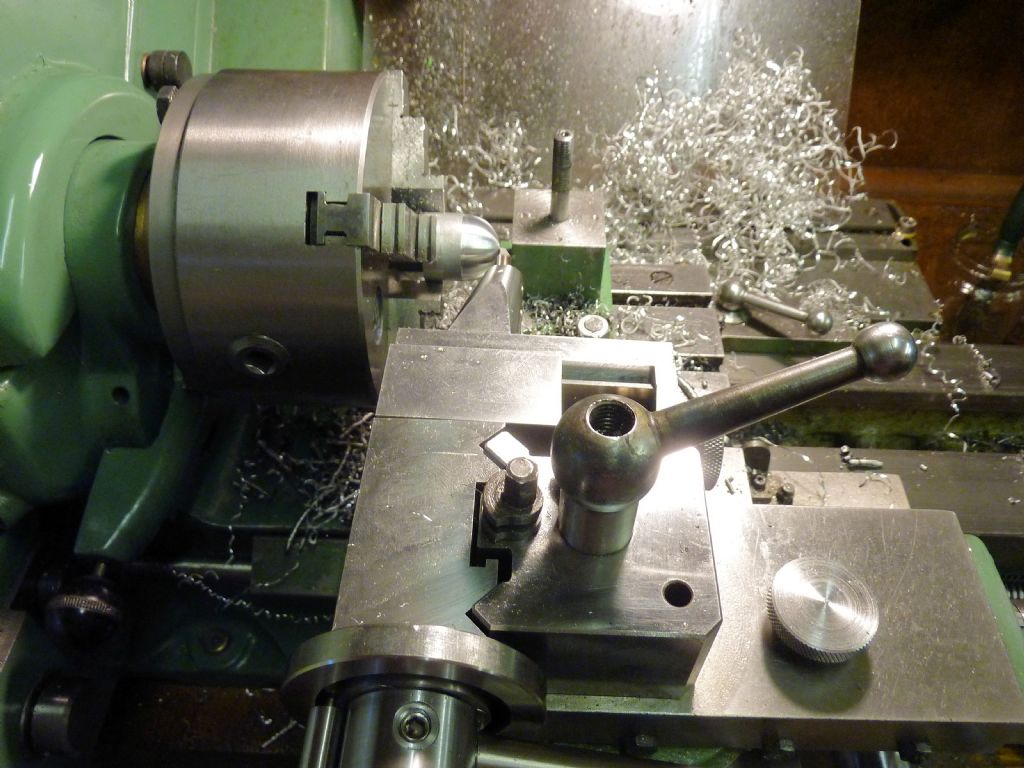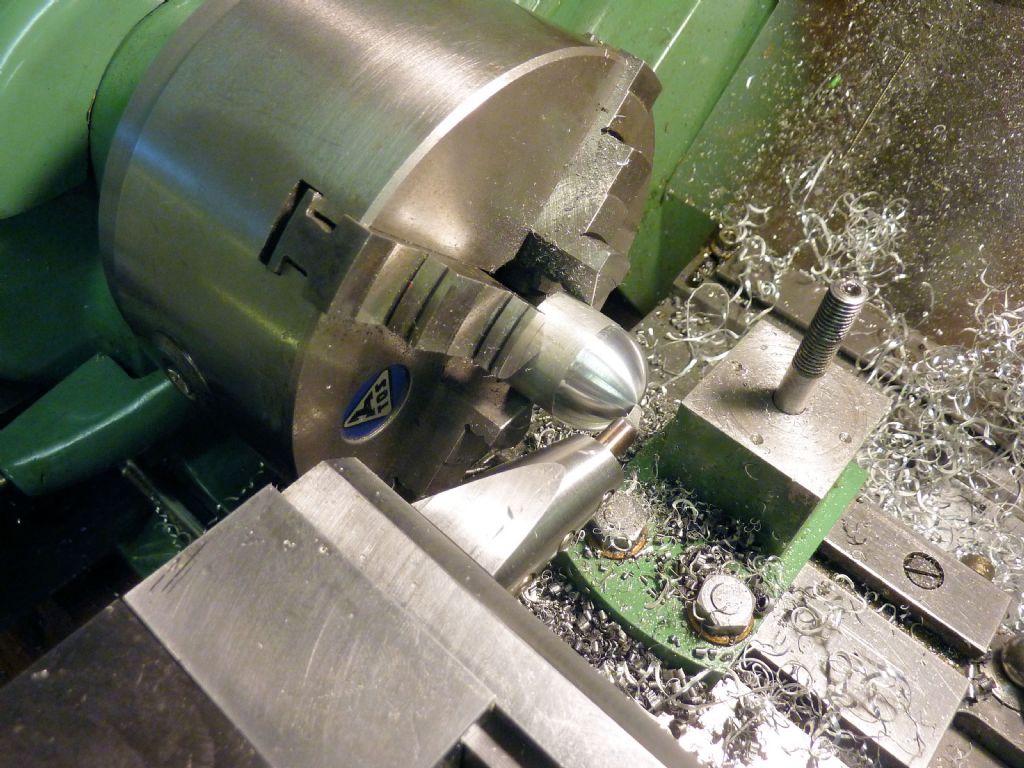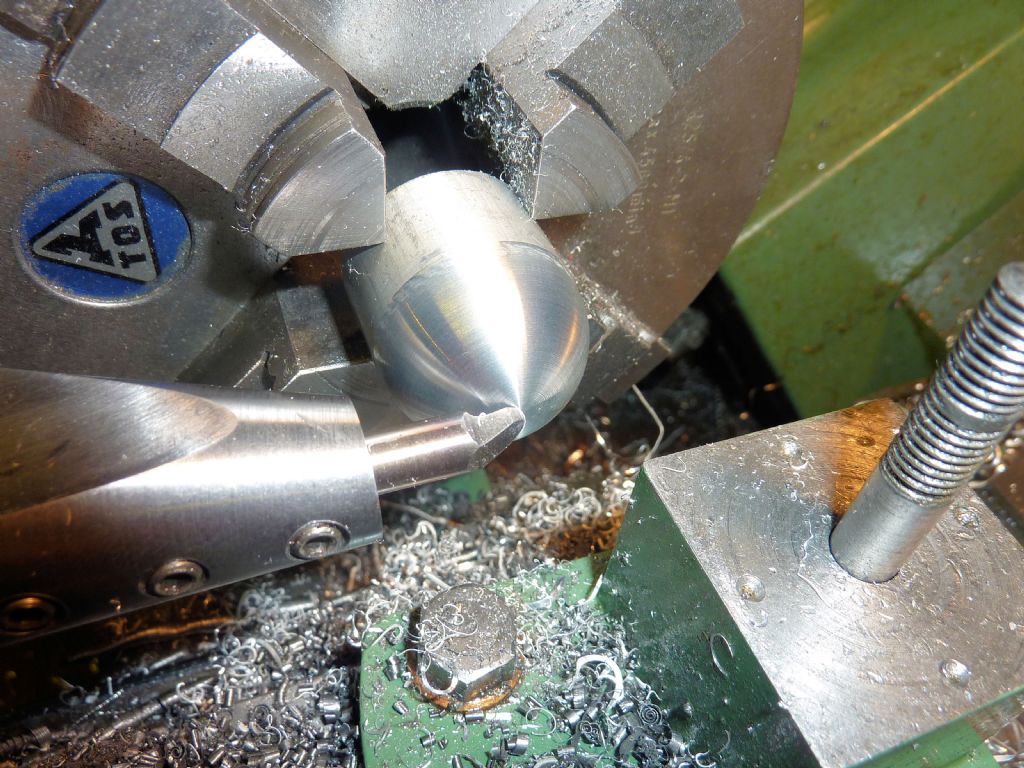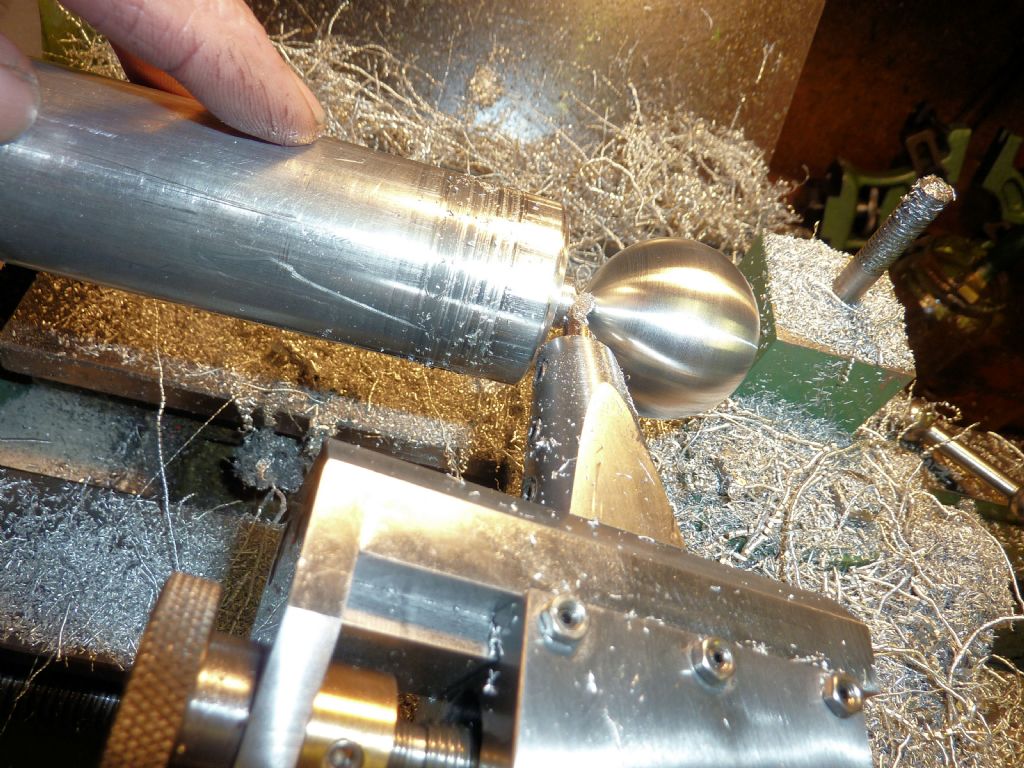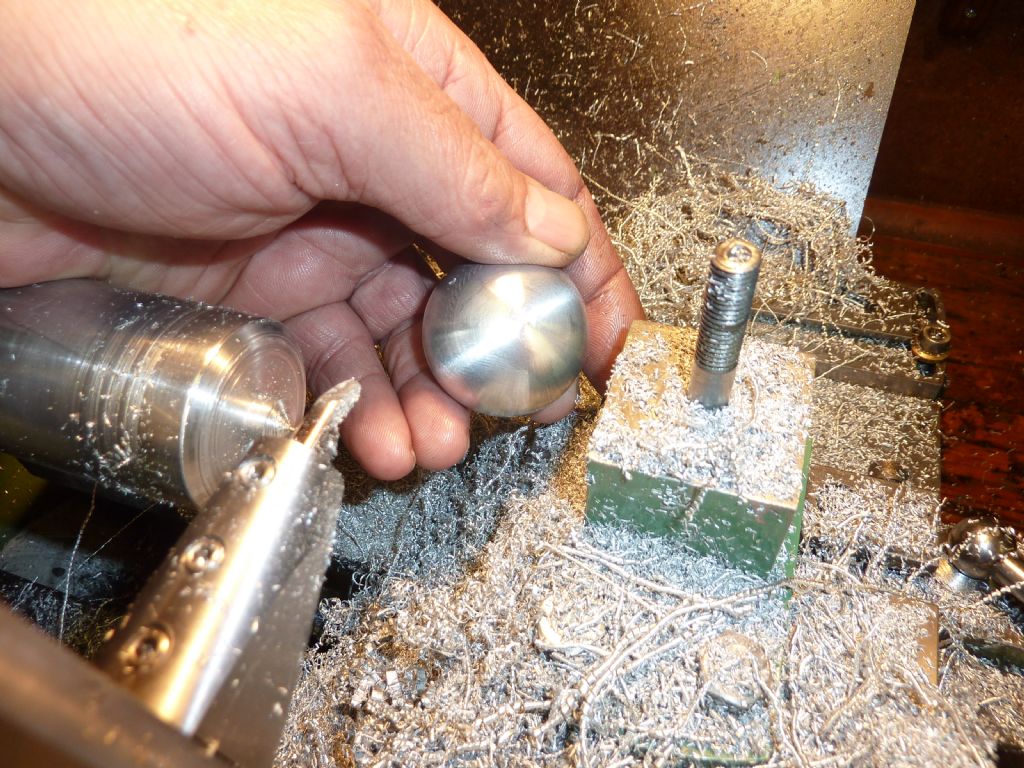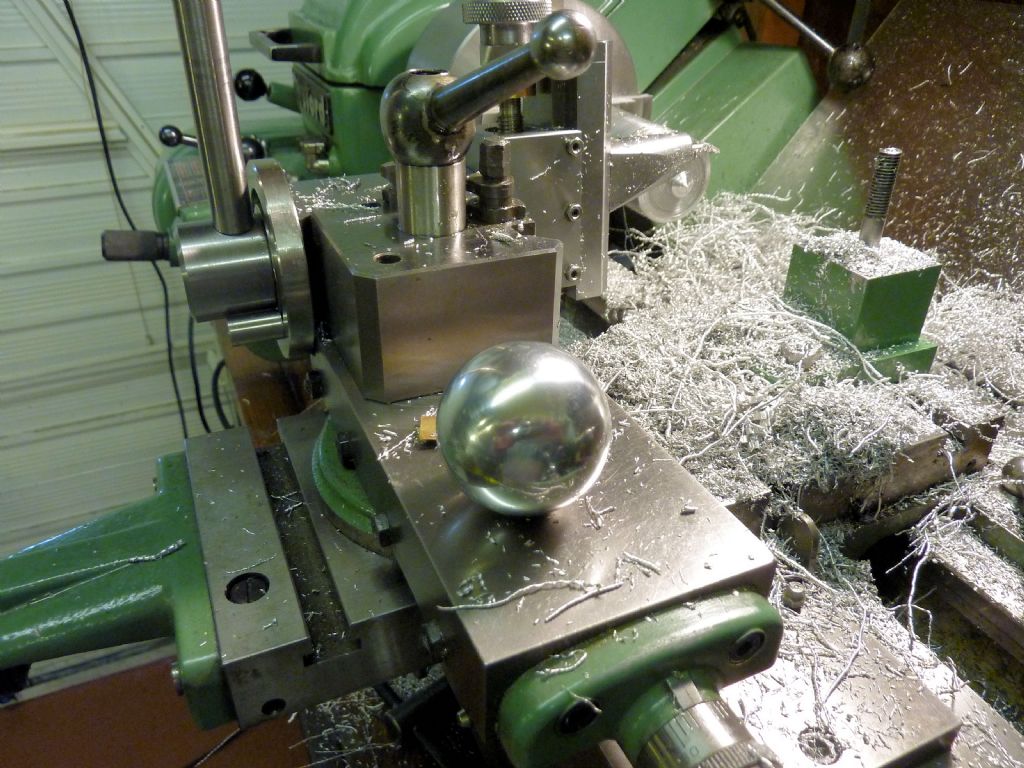Fitted a slotting head to the WM40 Bligeport, a Bligeport is a Chinese copy of the Bridgeport and in the case of the WM40 it's far bigger, beefier and heavier.
Usual problem is that one job leads on to 5 more.

The widen the ears to fit the bigger WM40 ram, 10mm has to be removed, 6mm off one side and 4mm from the other. An extended R8 arbor is needed to reach down 5".

Dummy run to test fit of the bracket and the spacers etc.
Test assembly.

Slotter lifted up, dropped on the bed and clamped in the vise. From here it's just a matter of using the 3 power feeds to slide the slotter onto the ram and bolt up.
Didn't get a picture of the sight gauge before but it was cracked, dirty and loads of crud behind it. No chance of getting a new sight level so broke the clear lens up and prized the sight out.
Cleaned it all up and with a pair of needle nosed pliers the roll over return that held the lens in was open up.
Cut a new lens on the laser cutter with reversed engraving on the rear, filled with red paint then the excess was wiped off. Lens pushed back into place and the lip peened back over.

Just got to do a couple of jobs and then it's being removed again and sent away for painting to match the rest of the machine.
Muzzer.


